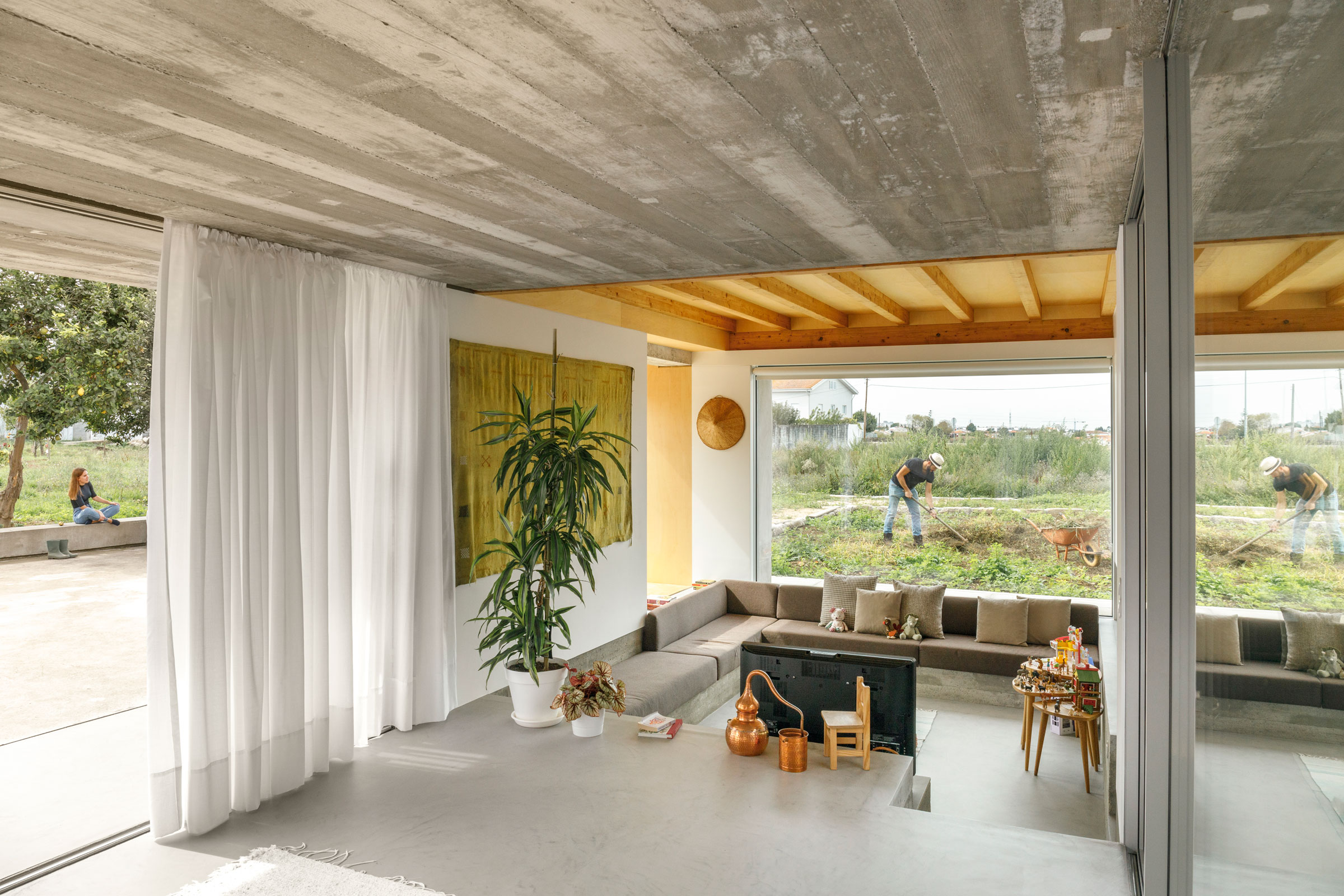Story at a glance:
- Iguana Architects shares tips for bringing biophilic design into residential projects.
- Biophilic design makes for healthier spaces and encourages creativity.
- Adding wildflowers or even scents can help improve a home’s ambience.
A well-designed home can help boost creativity and concentration, as well as offer a relaxing and rejuvenating environment. Principal architect Yaniv Peer and the team at Iguana Architects recently shared a few ways to bring biophilic design into any home home.
Peer believes that the status quo should not be maintained, and thinking about ways to bring biophilic design into any home can forge creativity.
“Iguana was set up to challenge conventional thinking on how the spaces we inhabit should look and, more importantly, to show that these spaces can contribute to our physical and mental well-being,” Peer says.
“Think about the last time you went on holiday to relax and unwind. It was unlikely to be a two-week break in the city center and more like a getaway in the countryside or by the sea. Putting your feet up, breathing in the fresh air with the sun warming you while you sip on your favorite cocktail,” Peer says. “There’s no feeling quite like it! And while those days will return again—hopefully soon—we don’t think you should have to wait for that one or twice a year feeling when our homes can help create spaces to make us feel less stressed.”
Here are a few quick tips from the architect for bringing life into your own home.
1. Add a wildflower roof
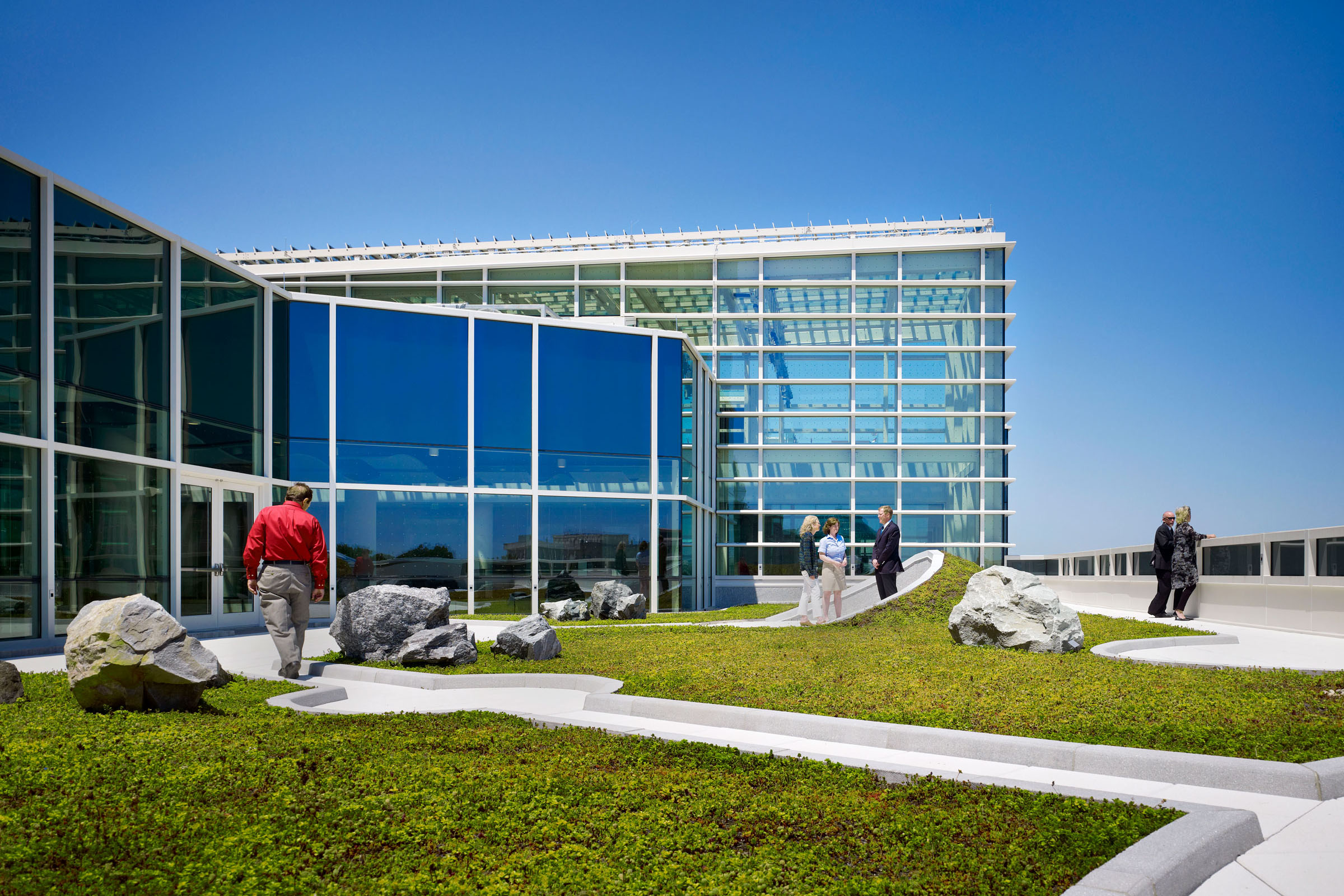
Fentress Architects designed the LEED Platinum Green Square Complex in Raleigh, North Carolina to include a 10,000-square-foot green roof. Photo by Nick Merrick
Put a wildflower green roof on top of your extension so that when you wake up and look outdoors, you’re greeted with blooming colors.
Typical green roofs combine succulents with low growing bushes and trees.
2. Add a green wall
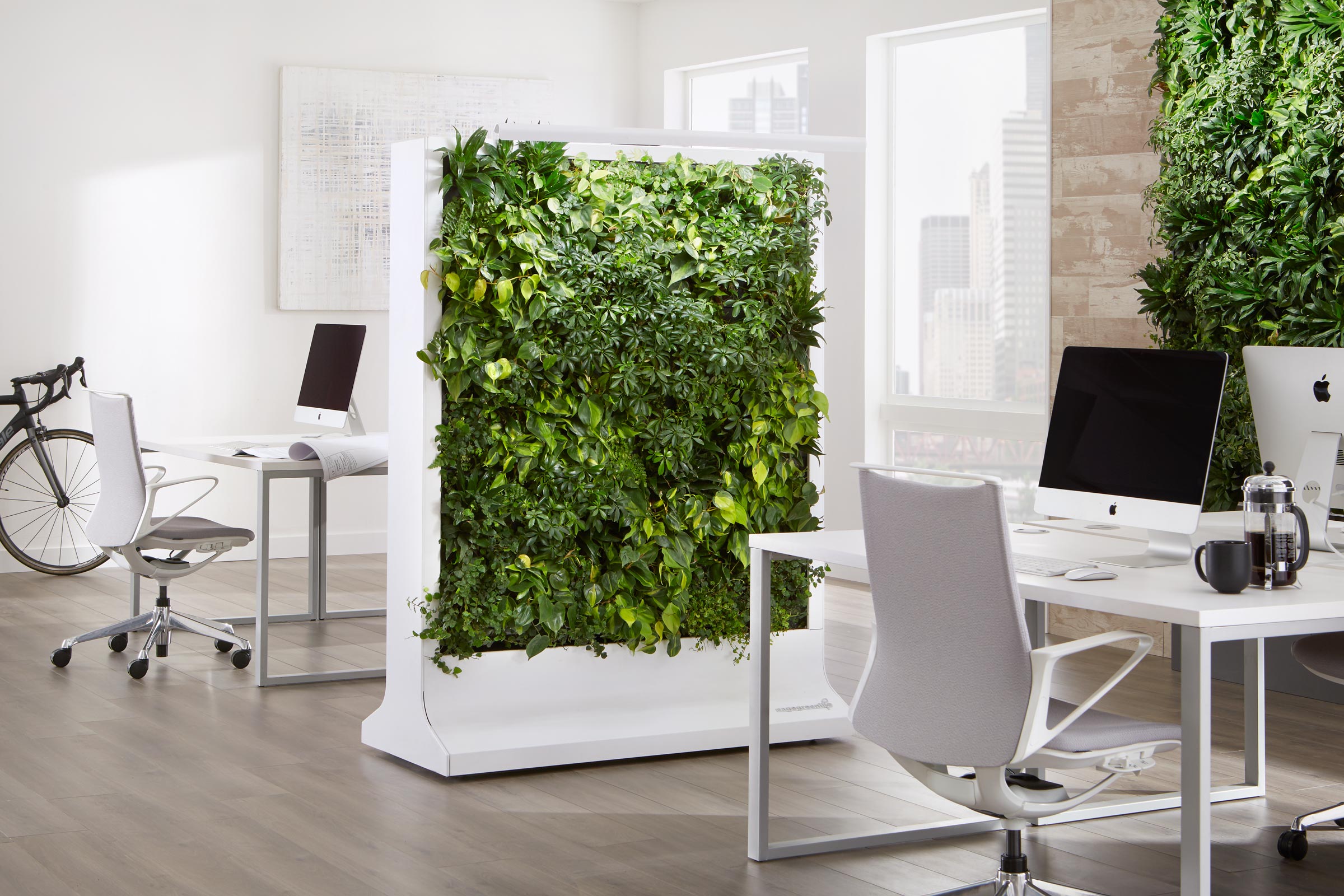
Sagegreenlife is known for its biophilic solutions, which bring life into various spaces like the workplace or home. Photo courtesy of Sagegreenlife and Steelcase
You can add green walls or herb gardens in the living and kitchen rooms so you can see and smell the greenery.
Living walls provide visual appeal and help with indoor air quality.
3. Add potted plants inside
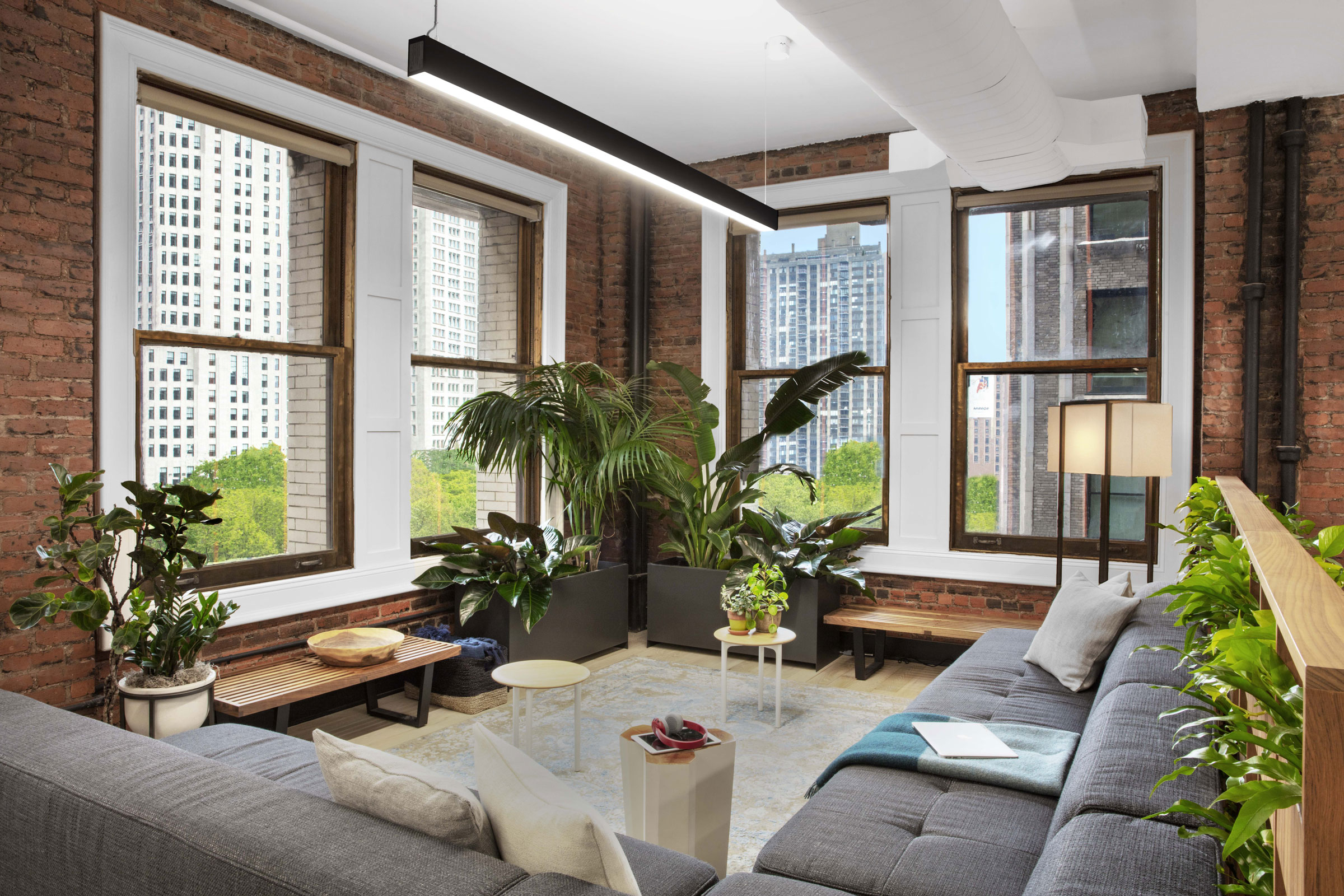
A New York City office can come to life with the addition of potted plants and palms. Photo by Eric Laignel
Flood your home with potted plants and flowers to add color and life to your space.
Various plants can directly counter specific indoor toxins, leading to the overall improved indoor air quality. For instance, the Bamboo Palm directly responds to the toxins Formaldehyde and Xylene, commonly found in household products.
4. Incorporate natural colors in your design
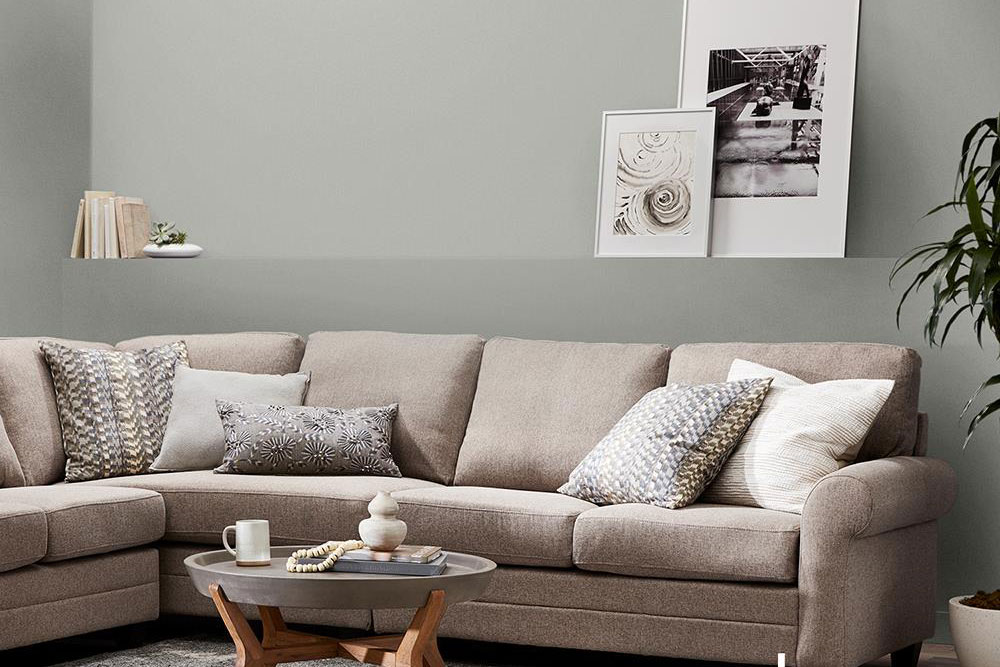
Muted tones like olive green and taupe can bring a feeling of ease within a home. Photo courtesy of Valspar
Known as the Ecological Valence Theory, people associate specific colors with a positive experience in nature. For example, blues will remind people of clear skies and clean water.
5. Use natural wood
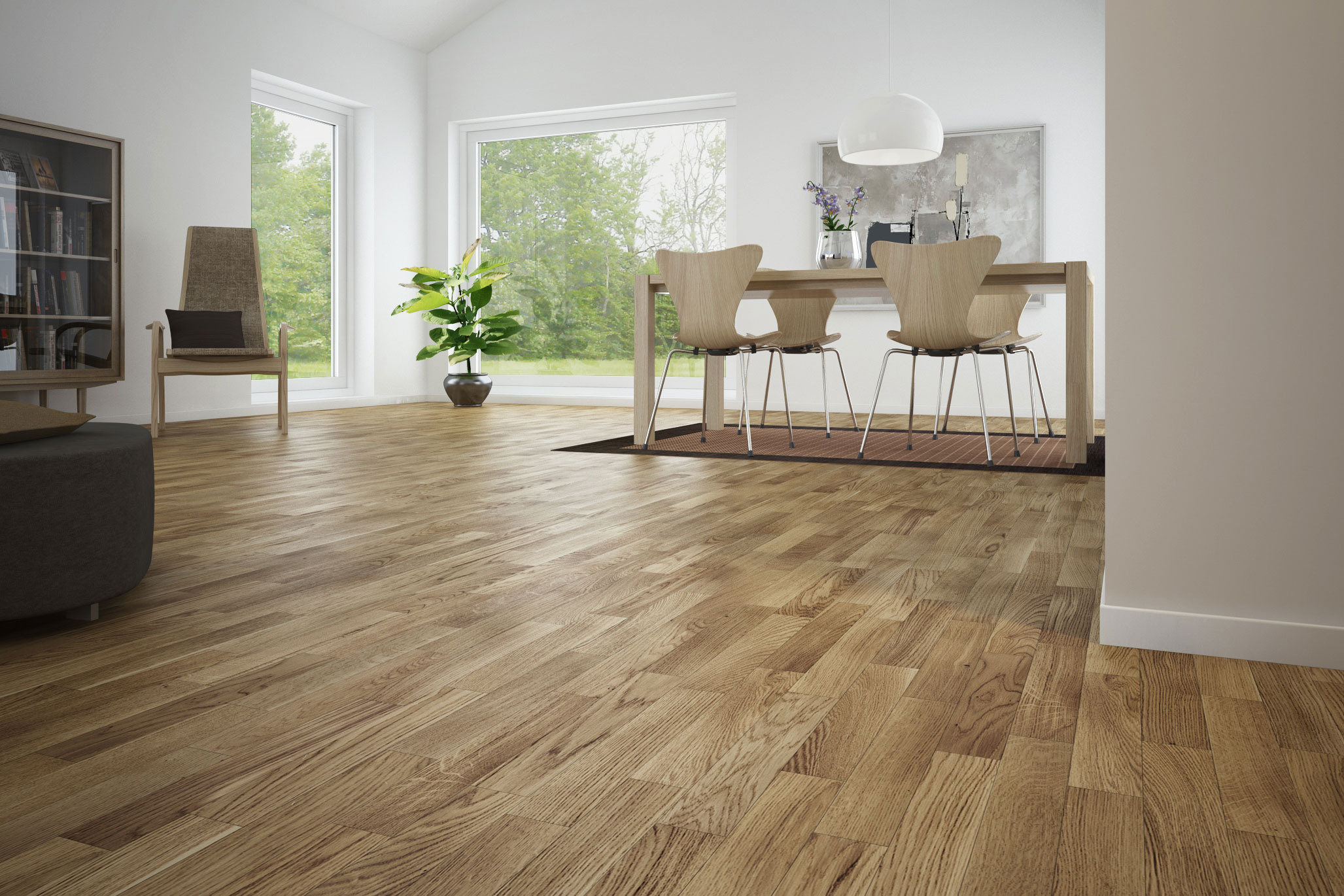
Hardwood flooring can be a focal point of wood within a home. The smooth texture and grain is peaceful to the eye. Photo courtesy of Bona
The texture of wood and grain on floors, walls, ceilings, and furniture boosts well-being by bringing feelings of warmth and comfort.
6. Employ daylighting design
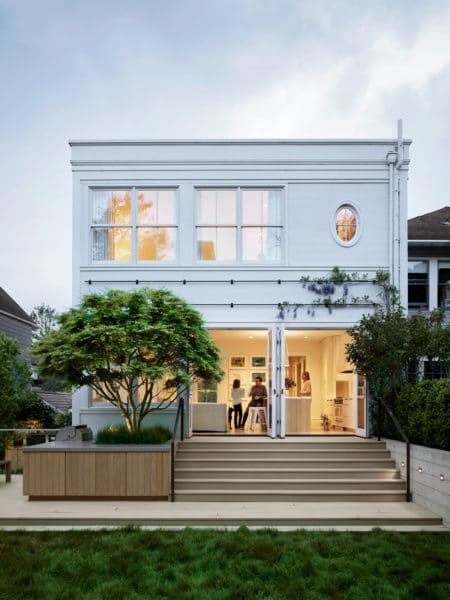
Photo by Matthew Millman
Open up the ceilings to rooflights or tubular daylighting devices to drench the interior with natural daylight.
Rooflights and skylights are operable, which makes it easy to control natural ventilation.
7. Stimulate the senses
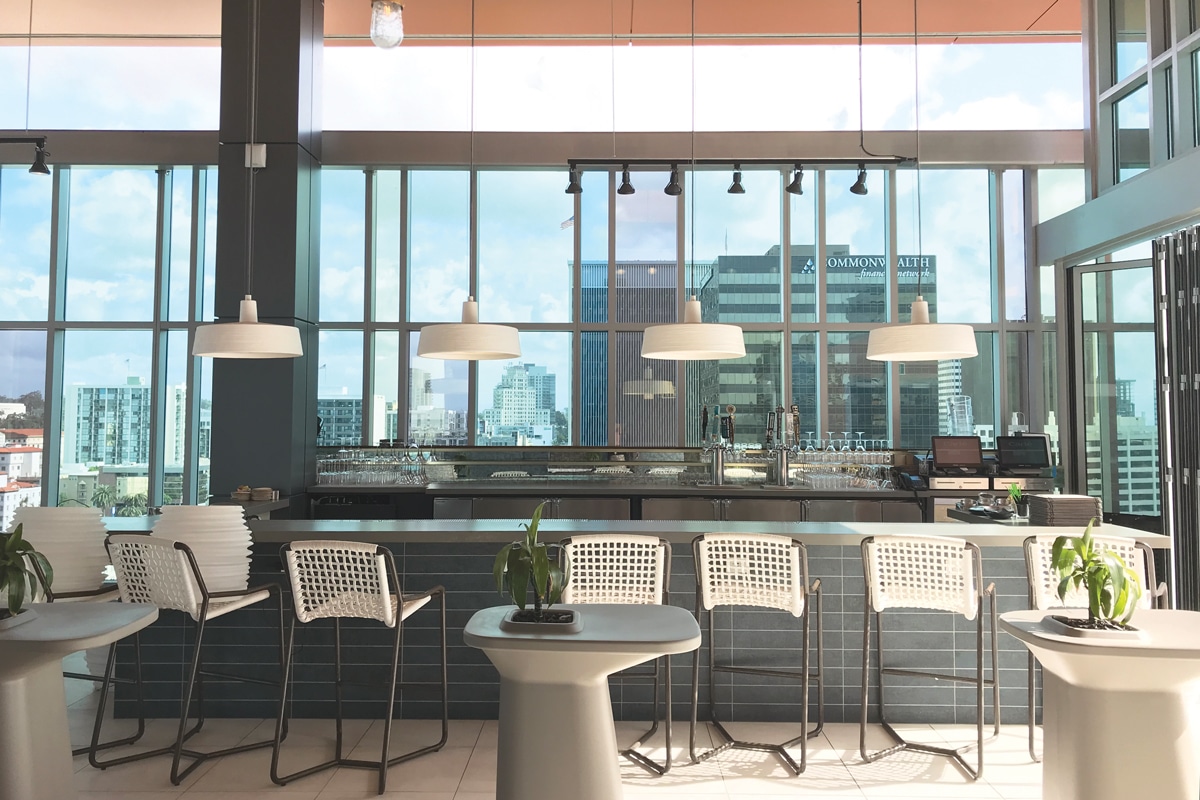
Scent can change a person’s mood and perception. Studies show scent can elevate mood by up to as much as 40%. Consider a medical setting. By introducing scents like lavender in a health care environment, patients have reported feeling less anxious. Ambius can control the levels of scenting through HVAC or wall-mounted units. Photo courtesy of Ambius
Natural scents and sounds help bring nature indoors. Additions like water features, floral scents, and natural oil diffusers cultivate a relaxing ambience.

